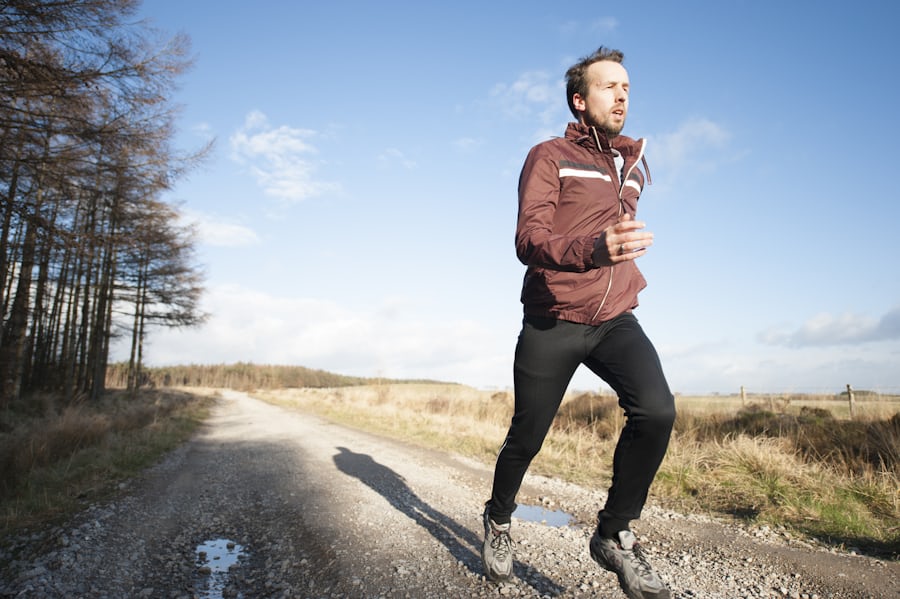
With our increasingly busy lives, the idea of taking a pill to get the benefits of exercise sounds like a dream come true. But can these so-called “exercise mimetics” really replace our gym sessions? Let’s dive into the science behind these compounds and see how they stack up against good old-fashioned sweat.
What Are Exercise Mimetics?
Exercise mimetics are substances that aim to replicate some of the beneficial effects of physical activity at a cellular level. While they show promise in certain areas, it’s crucial to understand that they’re not magic bullets. Here are ten compounds that have caught researchers’ attention:
1. AICAR (5-Aminoimidazole-4-carboxamide ribonucleotide): This AMPK activator has been shown to increase endurance in mice by 44% and improve insulin sensitivity.
2. GW501516 (Cardarine): A PPARδ agonist that increased running time in mice by 68% and improved lipid profiles in humans.
3. Resveratrol: Found in red wine, this compound doubled the running distance of mice on a high-fat diet and improved mitochondrial function in humans.
4. Metformin: An anti-diabetic drug that increases AMPK activity in skeletal muscle, similar to endurance exercise.
5. SRT1720: A SIRT1 activator that increased exercise endurance in mice by 44% and protected against diet-induced obesity.
6. GSK4716: An ERRγ agonist that improved exercise performance in mice by 22% and enhanced fatty acid metabolism.
7. Irisin: A myokine released during exercise that increases energy expenditure and improves glucose homeostasis.
8. β-aminoisobutyric acid (BAIBA): Another exercise-induced myokine that promotes fat burning and is associated with lower cardiometabolic risk.
9. Compound 14: An AMPK activator that improved glucose uptake and reduced body weight in obese mice.
10. Eugenol: Found in clove oil, this compound improved exercise endurance in mice by 20% and promoted muscle fiber transformation.
The Reality Check: Exercise Still Reigns Supreme
While these compounds show promise, they’re not a substitute for the real deal. Here’s why exercise is still king:
1. Heart Health: Regular exercise reduces cardiovascular mortality risk by 35% and all-cause mortality by 33%.
2. Metabolic Health: Exercise interventions can reduce HbA1c by 0.8% in type 2 diabetics, a significant clinical improvement.
3. Bone and Muscle Health: Physical activity can reduce hip fracture risk by up to 68% in postmenopausal women.
4. Brain Power: Regular exercise can lower the risk of cognitive decline by 38%.
5. Mental Wellbeing: Physical activity reduces the odds of developing depression by 17%.
The Numbers Don’t Lie
Let’s look at some hard data on how exercise impacts various health conditions:
Cardiovascular Disease: High levels of physical activity (>750 minutes per week) are associated with a 35% reduction in mortality risk and a 25% reduction in major cardiovascular events.
– Type 2 Diabetes: High levels of physical activity are linked to a 26% lower risk of developing type 2 diabetes.- Cancer*: Regular exercise is associated with lower risks of 13 types of cancer, with risk reductions ranging from 10% for breast cancer to 42% for esophageal adenocarcinoma.
– All-Cause Mortality: Just 15 minutes of moderate-intensity exercise daily can reduce all-cause mortality risk by 14% and increase life expectancy by 3 years.
– Neurodegenerative Diseases: Physical activity is associated with a 28% lower risk of dementia and a 45% lower risk of Alzheimer’s disease.
The Bottom Line
While exercise mimetics are an exciting area of research, they’re not a replacement for physical activity. The comprehensive benefits of exercise on cardiovascular health, metabolism, musculoskeletal system, cognitive function, and mental health simply can’t be replicated in a pill.
So, while these compounds might have potential therapeutic applications, especially for those unable to exercise, they shouldn’t be seen as a substitute for regular physical activity. The best “pill” for overall health and longevity? It’s still exercise.
References
1. Narkar VA, et al. Cell. 2008;134(3):405-415.
2. Sprecher DL, et al. Arterioscler Thromb Vasc Biol. 2007;27(2):359-365.
3. Lagouge M, et al. Cell. 2006;127(6):1109-1122.
4. Timmers S, et al. Cell Metab. 2011;14(5):612-622.
5. Musi N, et al. Diabetes. 2002;51(7):2074-2081.
6. Feige JN, et al. Cell Metab. 2008;8(5):347-358.
7. Narkar VA, et al. Cell Metab. 2011;13(3):283-293.
8. Boström P, et al. Nature. 2012;481(7382):463-468.
9. Roberts LD, et al. Cell Metab. 2014;19(1):96-108.
10. Gómez-Galeno JE, et al. J Med Chem. 2010;53(16):6198-6208.
11. Li Y, et al. J Agric Food Chem. 2023;71(5):2392-2402.
12. Nystoriak MA, Bhatnagar A. Compr Physiol. 2018;8(2):765-792.
13. Snowling NJ, Hopkins WG. Diabetologia. 2006;49(11):2254-2266.
14. Warburton DE, et al. CMAJ. 2006;174(6):801-809.
15. Sofi F, et al. J Intern Med. 2011;269(1):107-117.
16. Schuch FB, et al. Am J Psychiatry. 2018;175(7):631-648.
17. Lear SA, et al. Lancet. 2017;390(10113):2643-2654.
18. Aune D, et al. Diabetologia. 2015;58(7):1474-1487.
19. Moore SC, et al. JAMA Intern Med. 2016;176(6):816-825.
20. Wen CP, et al. Lancet. 2011;378(9798):1244-1253.
21. Hamer M, Chida Y. Psychol Med. 2009;39(1):3-11.
Leave a Reply